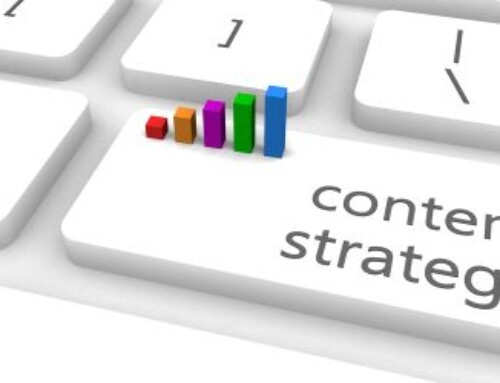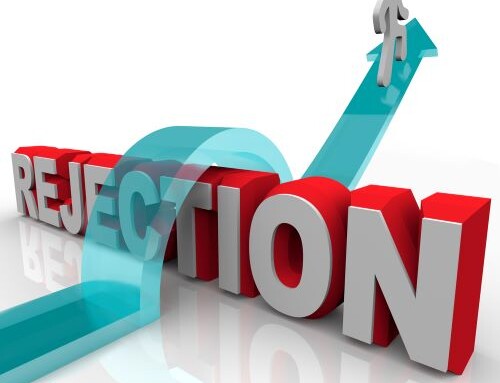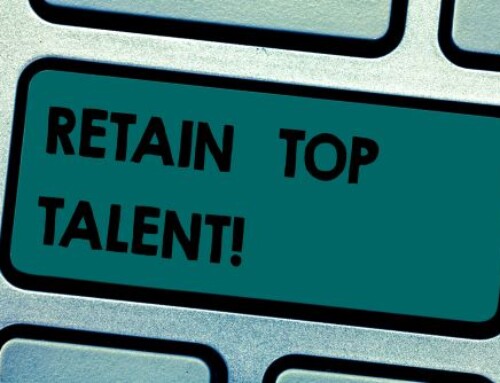Competition and competitiveness have endured shifting opinions over the years. Some people have viewed them as negative and divisive, while others view them as helpful, even vital, for employee success. So what is the psychology behind competition? What can psychology tell us about the benefits and dangers of competition? We’ll answer these questions below, and provide some ways to inspire healthy competition.
Effective Competition
Most people have categories for competitiveness. If you have ever seen an athlete lose a game, you would assess their competitiveness by how they respond to loss. If the athlete is saddened or frustrated by their loss, that’s one thing. But if they start shouting, swearing, and throwing things, you’d call them a ‘poor sport’ and believe that their kind of competitiveness had crossed into unhealthy territory. Pause for a moment. Does the tennis player, John McEnroe come to mind? Competition can be poorly done, and competitiveness can be both a virtue and a vice.
The publication, Psychology Today says: “good competitiveness is the drive to accomplish a goal, bring out the best in individuals, indeed help them understand themselves.”1 Bad competitiveness, however, is “winning at any cost…it is the self-aggrandizing, other-denigrating factor associated with competition that is bad, but the self-improvement that is good.” Healthy competition is effective because it encourages people to work hard and do their best. It provides validation and recognition for top performers and motivation and accountability for slackers.
Hyper-competitiveness, however, does more harm than good. If a person’s competitiveness starts causing unhealthy behavior and damaging interpersonal relationships, they must keep their competitiveness in check. If competitiveness causes a person to bend the rules, or diminishes customer service, the competition is having unhealthy consequences.
But this doesn’t mean that competition is a bad thing. It merely means that competition must be managed properly and that ground rules must be established early to ensure the best outcomes. (More on that in a moment….)
Factors to Consider
It’s also important to consider that competition can be affected by context and conditions.
For example, research shows that “competition often increases performance for males…but it doesn’t always increase performance for females.”2 Similarly, competitiveness can vary by generation.
A 2009 Forrester Research study found that the percentage of competitive Gen Y (also known as millennials, born during the 1980s-early 1990s) employees was greater than the percentage of competitive Gen X (born between 1965-1984) employees.3 Gen Z (born in the mid 1990s – early 2000s), however, is even more competitive than the often collaborative millennials.4 Plus, age can also affect competitiveness. A research team led by a University of Oregon psychologist found that “the instinct to bet on the superiority of one’s skills peaks around age 50…those in mid-life were the most willing to compete.”5
How to Inspire Healthy Competition
So can you create a culture of positive competition? For starters, promote and teach healthy conflict. Employees need to be able to compete and disagree without taking it personally. Competition can create tension, but that tension isn’t inherently bad. Employees must learn to handle the tension well, not in ways that cause negative behavior and unhelpful interpersonal dynamics.
Likewise, employees must be reminded that the competition does not indicate or determine a person’s value. If people are using a competition to make up for their perceived personal inadequacies, or to stroke their own ego, the competition will veer into unhelpful territory. Healthy competition focuses on achieving a goal, and bettering oneself as a means of achieving that goal—not as a means of self-aggrandizement.
Finally, try and keep things light (within reason). Not that your competition is of little consequence—it’s just not a matter of life and death. Try and have fun with it! There’s no reason why your competition should be a stuffy, joyless affair. On the contrary, creating an enjoyable environment may help motivate people who are less naturally competitive. You don’t want a program that doesn’t encourage hard work, but you also don’t want to suck the life out of the workplace.
Ways to Have a Healthy Competition
- Help people feel valued
When your staff feel valued (and heard) they are more willing to contribute to the workplace and to share with each other. This means that even in the heat of competition, they are more willing to work together as a team, to help each other work toward the “win” as well as openly share what’s working (or ask how they can do better.)
. - Encourage each other
Whether it’s been a day of frustration or a day of big wins, everyone needs a pat on the back or a gentle reminder that some days are just rough. Having a team that can be supportive that can celebrate big wins, or who can cheer you on (or encourage you though a rough patch) can do a lot for confidence.
. - Recognize all contributions
No one says that you need awards for participation but it doesn’t hurt to recognize small achievements each week during the competition. Don’t forget to recognize those who are contributing to the team in big ways besides making the quotas. Some examples:- Best knowledge of the product line (or best internal connections)
- Best cheerleader/most optimistic/cheery disposition
- Best solution finder/thinks outside the box
- Best mentor/encourager
.
- Make it personal
Competitions are generally about company objectives – growing revenue, for example. But in order for them to be successful, the people responsible for achieve the goals have to buy-in to them. This means there has to be a personal element to them. Before starting the competition, get accountability. Sit down with each participant and get a personal goal – something that each person wants to achieve. For example – get a new car, pay for braces for their child, put a down payment on a home, etc. Once these goals are documented, make these public for the team and everyone encourages everyone to reach each other’s personal goals. This not only helps to achieve the overall business goals, but helps everyone achieve their personal goals too!
. - Reward your top producers
As your competition takes shape, you’ll likely notice that a handful of participants will likely be responsible for roughly 75-90% of your overall success metrics, e.g. revenue. These key participants are your top producers and are generally the ones who likely will be the recipients of your incentive bigger incentive reward such as a travel package. It is important to identify these individuals early in your program. Why?- Top performers often have a tendency to do one of two things: isolate or become cocky. These are two behaviors that can have a negative impact on the team as a whole. In the first case, it’s important that everyone has the same opportunities to access to the same resources. Sometimes top performers are given preferential treatment (orders ship faster, support issues are responded to sooner, they have more connections in the industry, etc.) In the second situation, it can be intimidating for new hires or those who want to join in but feel it isn’t worth the effort.
- Without taking away from top performers skills, natural abilities or their drive are there ways you can pair them with under-performers or mediocre performers? For example – can this be a watch and learn scenario? Can someone else (e.g. perhaps even someone from an outside firm) be brought in to analyze what common skills/attributes they have that makes these top performers so successful so that these techniques can be used as part of an overall training program?
Conclusion
Competition, when handled skillfully, can be a great asset to your team. It can promote hard work, encourage responsibility, and reduce laziness. If competition is viewed as a means of achieving a goal and improving oneself, rather than a means of fighting insecurities or indulging one’s ego, it can improve productivity and motivation. While it’s important to be aware of varying degrees of competitiveness, and the dangers of hyper-competitiveness, competition can be a great asset when used well.
One of the ways to improve your sales revenue is through healthy competition. If you’re planning a travel incentive to reward your top producers, contact Gavel International.
________________________________________________________________________
1 https://www.psychologytoday.com/blog/sideways-view/201510/the-psychology-competitiveness
2 https://www.psychologytoday.com/blog/brain-wise/201210/when-competition-helps-and-hurts-motivation
3 http://www.information-age.com/generation-y-more-competitive-than-collaborative-1095242/
4 https://www.forbes.com/sites/deeppatel/2017/09/21/8-ways-generation-z-will-differ-from-millennials-in-the-workplace/#545b894976e5
5 https://psmag.com/social-justice/look-out-kids-competitiveness-peaks-in-middle-age-37998
This article was last updated on November 28, 2022
- 8 Indicators of a Problematic Meeting Culture – and How to Solve Them - February 3, 2025
- Benefits of Micro-Offsite Events and Tips for Planning Them - January 27, 2025
- Sample a Diverse Selection of Global Cuisine in Toronto, Canada - December 9, 2024






